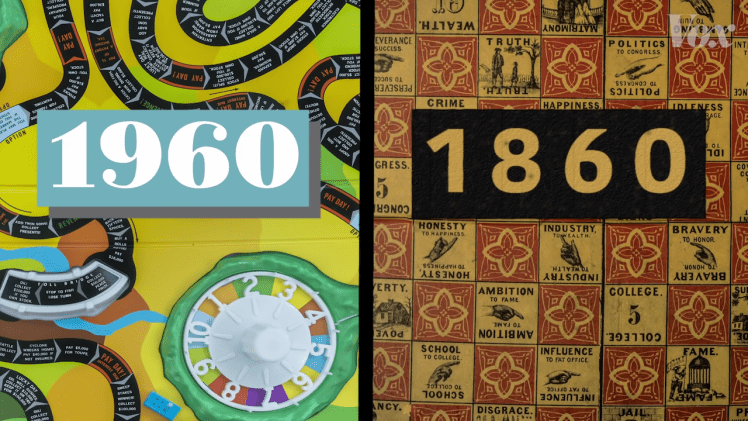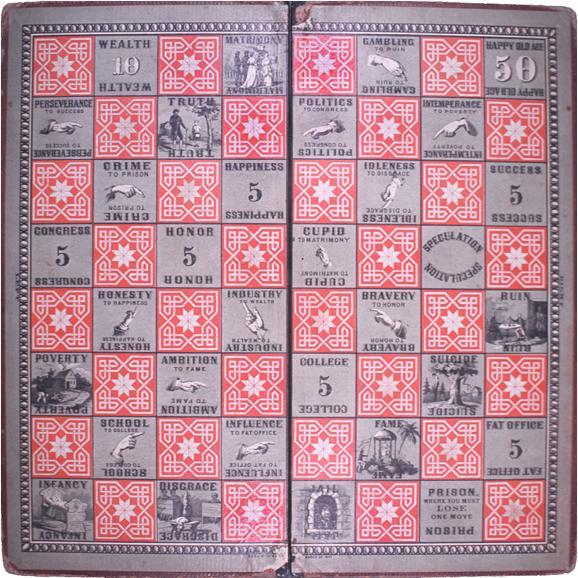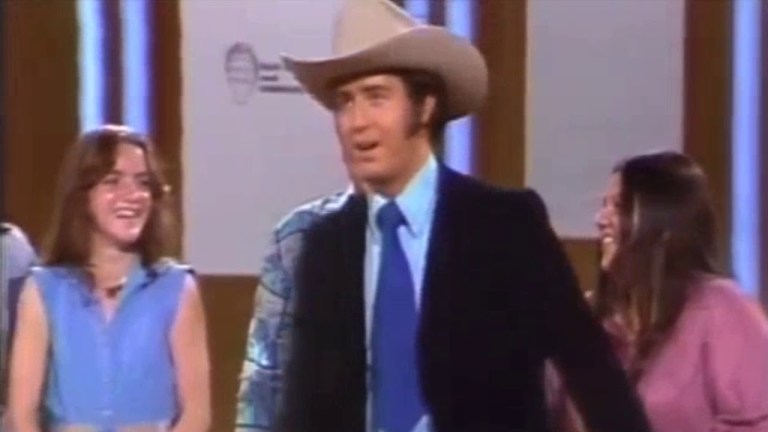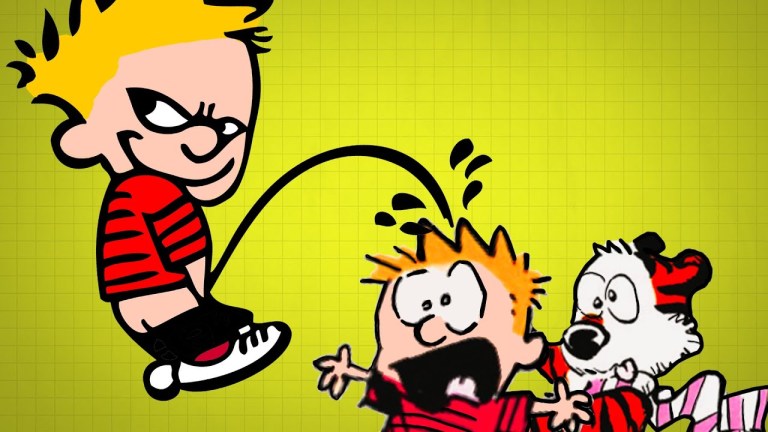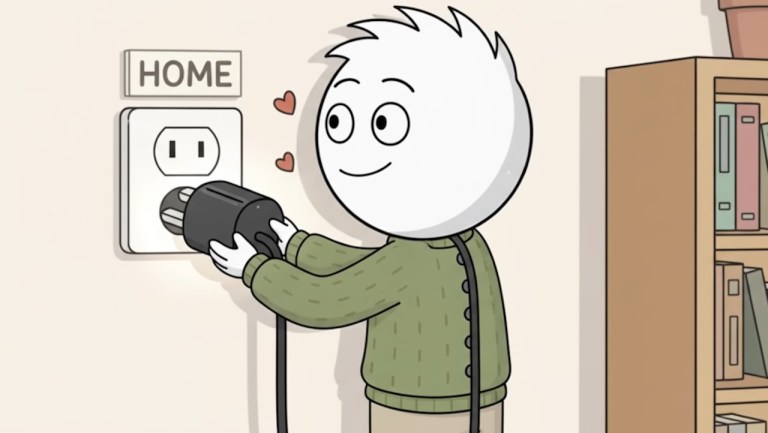How the Milton Bradley ‘Game of Life’ Originated as a Somber Instructional Game of Moral Responsibility
Vox Almanac video producer Phil Edwards explained how in 1860 after Milton Bradley‘s illustrations of a beardless Abraham Lincoln became instantly dated when the nominee grew a beard, the board game pioneer decided to create an instructional game called “The Checkered Game of Life”. Parts of the game were rather somber and dark, but the final, morally sound goal was attained by gaining enough points to live to a ripe, old age. Players used a teetotum to spin rather than dice, which connoted gambling and debt.
Education became Bradley’s passion, and the original Game of Life predicted that — it was a way to teach ‘the checkered journey of life’ to children — and adults. That weird spinner, the teetotum? That was used originally to avoid cards and dice because they were associated with gambling. The location of each spot also taught a lesson. Old age was surrounded by many difficulties. …Setbacks didn’t earn you points, but most didn’t kick you out of the game, either. Honesty led to happiness. Industry, to wealth. And perseverance led to success.
The game was redesigned in 1960 without those specific elements of morality within the original game.
